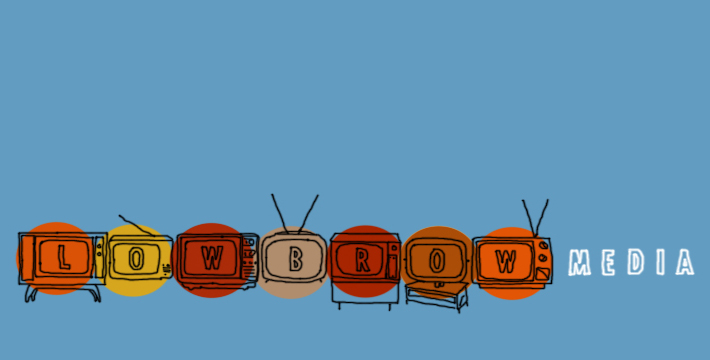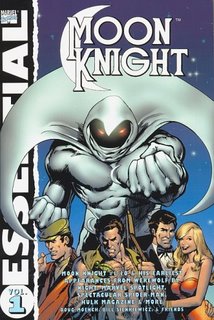 “Crossing Midnight” #1-3
“Crossing Midnight” #1-3DC/Vertigo Comics
Writer: Mike Carey
Artist: Jim Fern
Over the last year or so, I’ve become more and more aware of writer Mike Carey’s work. He’s probably best known for his work for Vertigo Comics’ “Lucifer” series, which was both a spin-off from and based upon Neil Gaiman’s “Sandman” mythology. He’s now writing “X-Men” and “Ultimate Fantastic Four” for Marvel Comics, but with his new series “Crossing Midnight,” Carey has been granted the chance to create a mythology of his own, and explore a world solely of his own creation.
This book is set in modern Japan, though story elements tie back to the latter days of World War II at the bombing of Nagasaki, and even further into the past, with the dealings of the Hara family in feudal times with entities and powers beyond their reckoning. More specifically, though, it deals with twin brother and sister Kai and Toshi Hara, who were born on either side of midnight on a very important day. Now teenagers, they are confronted with the deadly consequences of a bargain which their father was not even aware he made before they were born. As Kai sees his sister plunge headfirst into an unknown mystical world to which she (to his horror) seems completely suited, he is himself confronted by powers which seek to control him as well.
These three issues are very much the beginning of the story. By design, I’m sure,
 they offer very little in the way of resolution, but they make up for this in that they lay the foundation for all sorts of interesting storylines -- who exactly was it that visited the Hara family so long ago? Where is this new world which they have only been given glimpses over the years, and what has happened to their long-lost playmate that they left behind? To what faction does this dragon entity who has enlisted Kai into his service truly belong? And perhaps most importantly, what will be the end result of the sacrifice that Toshi makes in the end?
they offer very little in the way of resolution, but they make up for this in that they lay the foundation for all sorts of interesting storylines -- who exactly was it that visited the Hara family so long ago? Where is this new world which they have only been given glimpses over the years, and what has happened to their long-lost playmate that they left behind? To what faction does this dragon entity who has enlisted Kai into his service truly belong? And perhaps most importantly, what will be the end result of the sacrifice that Toshi makes in the end?The atmosphere of this story is comparable to that of C.S. Lewis’ “Chronicles of Narnia” series or Hayao Miyazaki’s film “Spirited Away,” but with a greater sense of dread and horror underneath. Not going along with the wishes of these mystical beings has grave results, which is made viscerally evident at the end of the first issue. Imagine if “Spirited Away” had had a much darker ending -- say, in which Chihiro had failed to save her parents, and then you might have a little better idea of where this series seems to be heading.
Penciller Jim Fern did a great job a little while back on a two-issue “Fables” arc,
 and I was very happy to see him assigned as the regular artist on this book as well. His art carries a strong line which I really like, and really shines in its depiction of the otherworldly creatures which Kai and Toshi encounter, as well as the more mundane aspects of their life. I should also mention that J.H. Williams III has been contributing beautiful covers to this series that look like ancient Japanese woodcuttings and watercolors, which really sweeten the deal every month.
and I was very happy to see him assigned as the regular artist on this book as well. His art carries a strong line which I really like, and really shines in its depiction of the otherworldly creatures which Kai and Toshi encounter, as well as the more mundane aspects of their life. I should also mention that J.H. Williams III has been contributing beautiful covers to this series that look like ancient Japanese woodcuttings and watercolors, which really sweeten the deal every month.It’s a great feeling to stumble upon a new book with such promise. I missed out on the first issues of “Y, the Last Man,” “100 Bullets” and “Fables,” and had to scramble to find back issues. Not so with “Crossing Midnight” -- I was lucky enough to get in on the ground floor with this one. It receives my highest recommendation, and future issues can’t possibly come out soon enough.
[9.5 out of a possible 10]

